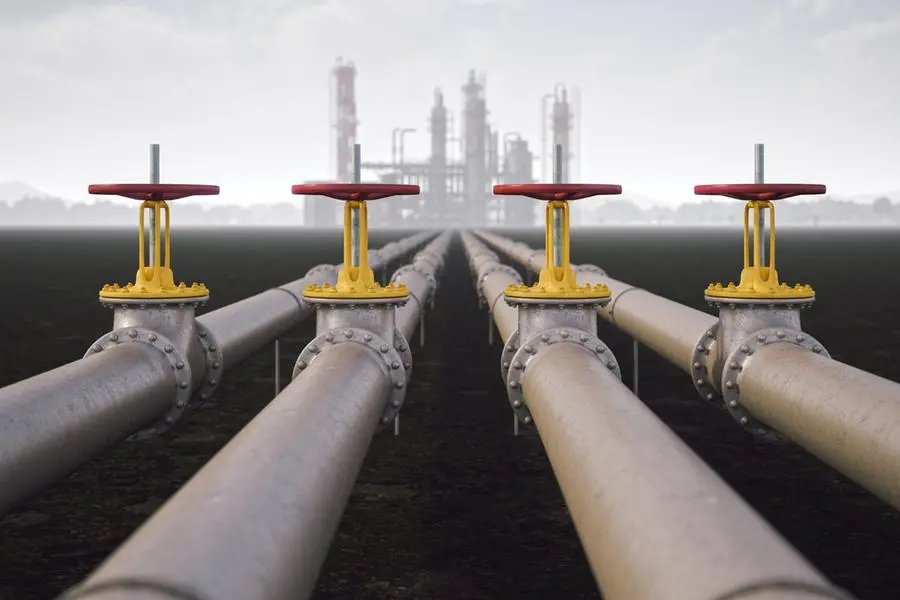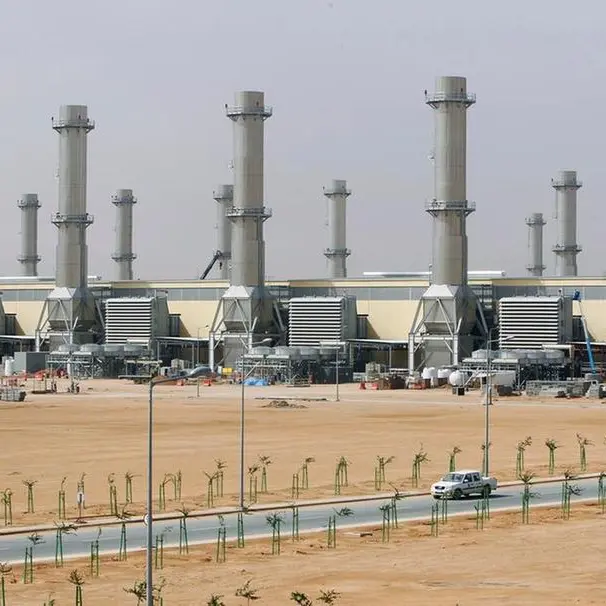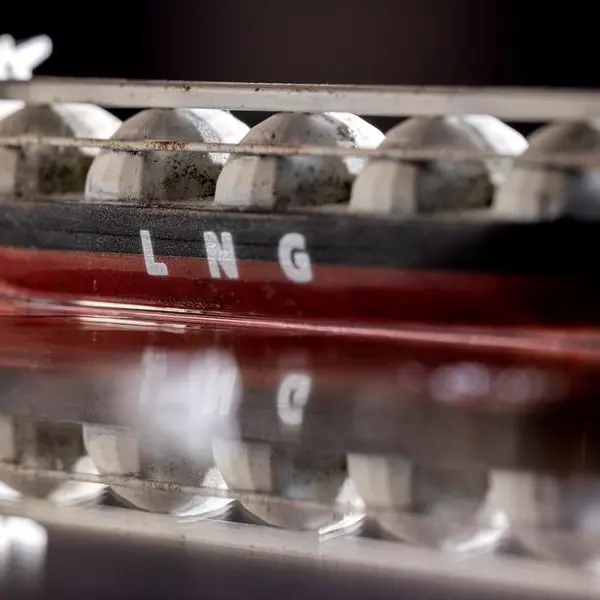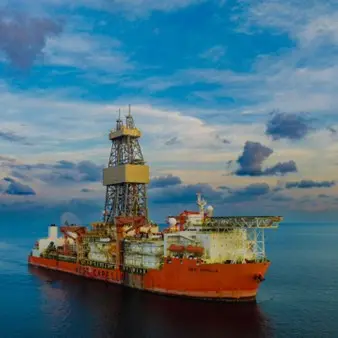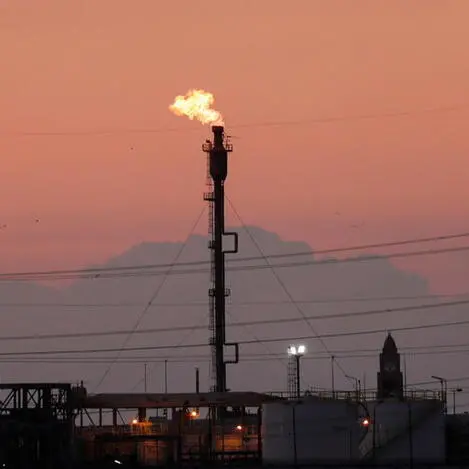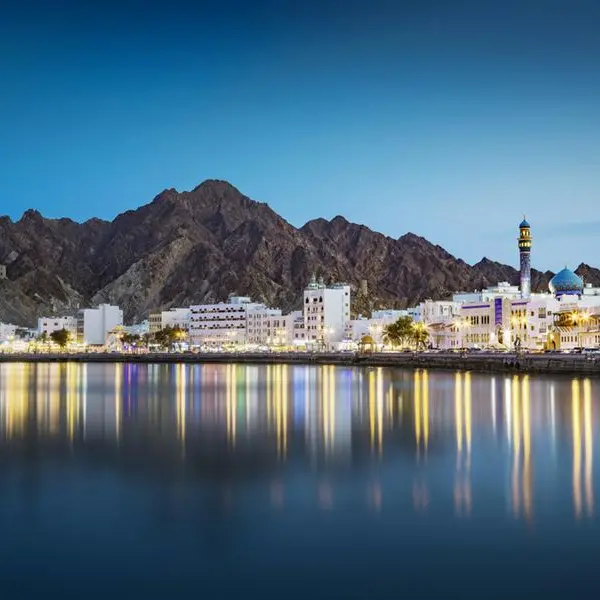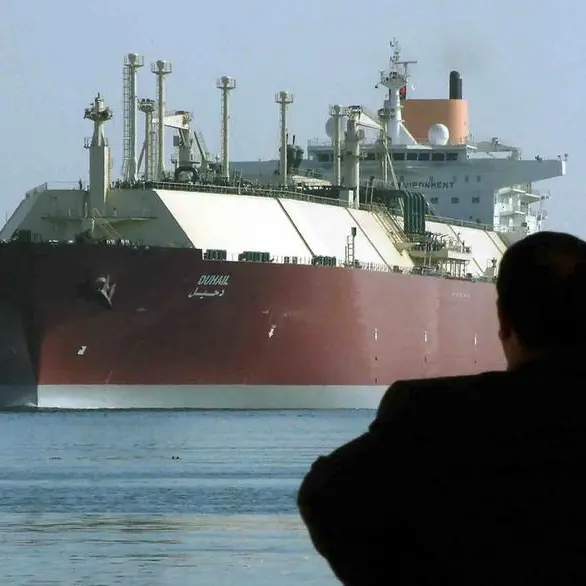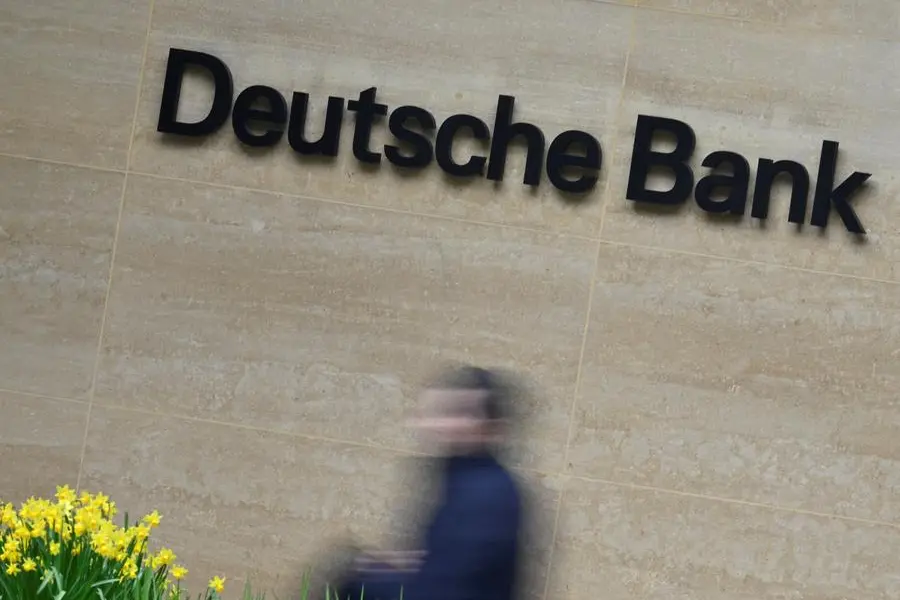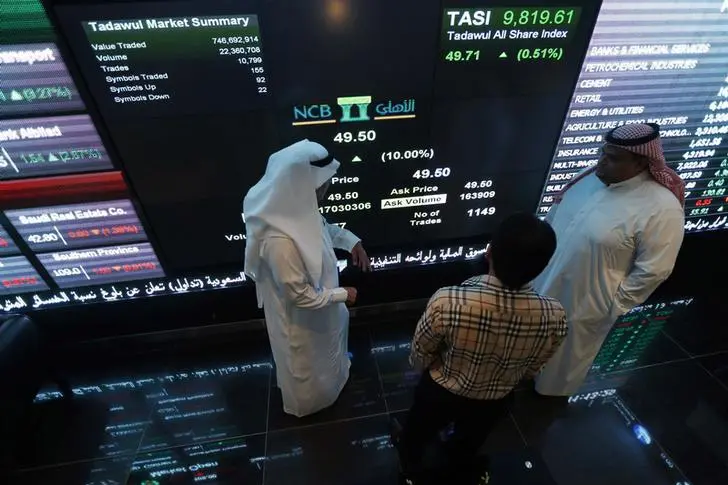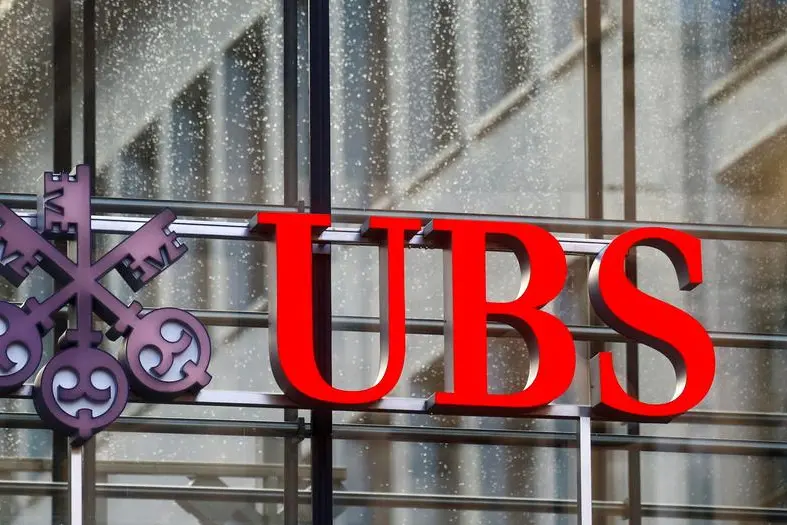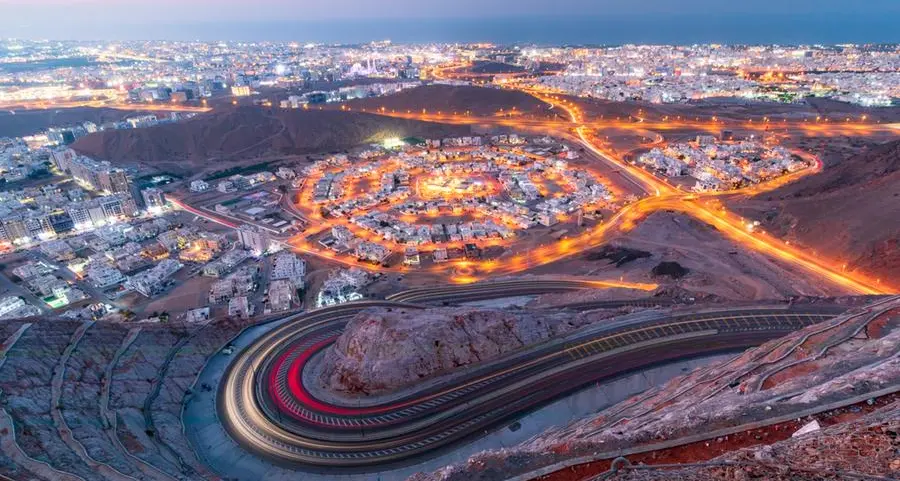PHOTO
Steel oil pipes from refinery. Getty Images Image used for illustrative purpose.
An undersea natural gas pipeline connecting India and the Gulf region is expected to move to FEED [Front End Engineering and Design] stage by end-2024, a senior executive at the company promoting the project told Zawya Projects.
Subodh Jain, Director at South Asia Gas Enterprise (SAGE) confirmed that the project is in the ‘active project development phase’.
“We have completed the Pre-FEED study. We plan to do a complete FEED study by year end, depending on the geo-politics of the region”, he told Zawya Projects.
Last year, Zawya had reported that SAGE completed the technical and financial feasibility study for the project.
The pipeline was conceived more than a decade ago and included connections to Iran and Turkmenistan, but the Iran connection was dropped due to the US sanctions on Iran, Jain said.
The GCC-India gas corridor will connect Ras Al Jifan in Oman to Porbandar in India’s Gujarat.
“Oman to India is the shortest route at around 1,200km and avoids the politically sensitive waters of Pakistan. Connections to the UAE and Saudi via Oman is being considered to leverage the new gas finds in these countries. All the countries involved are interested in proceeding with the project”, he said.
Jain confirmed that SAGE is in preliminary discussions with Saudi Arabia and the UAE for long term gas supplies, but no agreements have been signed yet.
On whether the pipeline will be hydrogen compatible, he said, “A UK-based consultant will look at that possibility in the coming months though we are aware that some hydrogen may be possible in the pipeline”.
The pipeline aims to bring 31.1 mmscmd (million metric standard cubic meters per day) of gas under a 20-year long term gas supply contract at a pipeline tariff of $2-$2.25 per mmbtu (metric million british thermal unit), according to details shared by Jain.
He said India will need 700-750 mmscmd of gas annually to meet its target of deriving 15 percent of its energy basket from gas. Gas pipelines are more competitive than LNG up to a distance of 2,500-3,000km and can lead to an annual saving of $1 billion for India, he added.
India’s natural gas demand was 64 billion cubic metres in 2023 with 44 percent met by imports, according to the International Energy Agency (IEA).
India has recently signed Memorandums of Understanding with Saudi Arabia and the UAE that includes collaboration in energy security and hydrogen.
Read more: India’s Cabinet approves agreement to enable India-Middle East Europe Economic Corridor
(Reporting by Sowmya Sundar; Editing by Anoop Menon)
Subscribe to our Projects' PULSE newsletter that brings you trustworthy news, updates and insights on project activities, developments, and partnerships across sectors in the Middle East and Africa.
